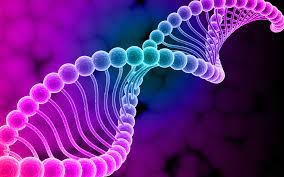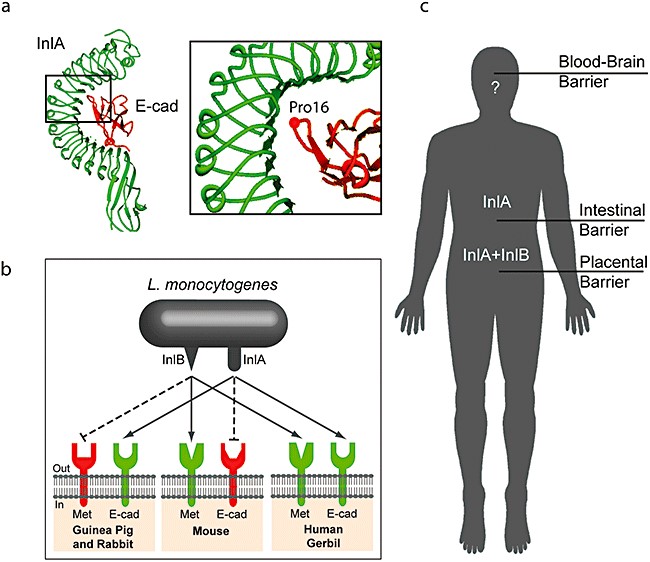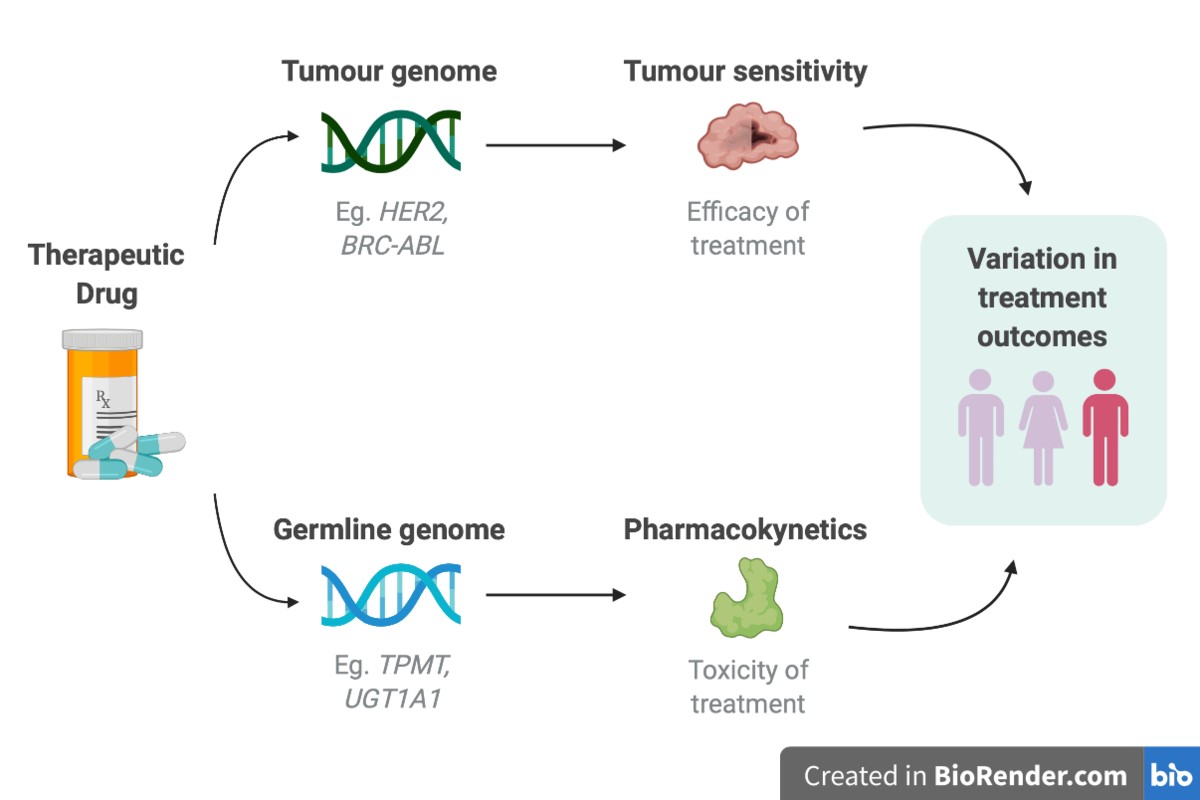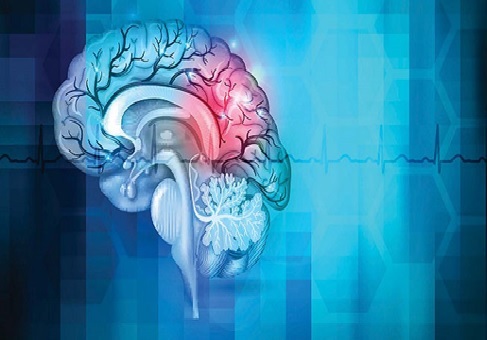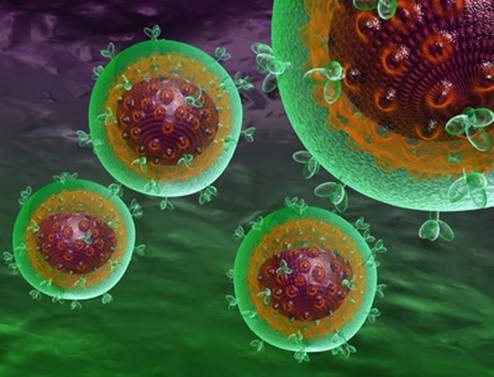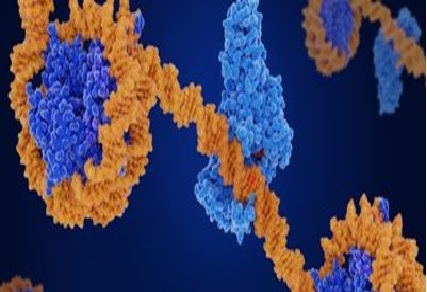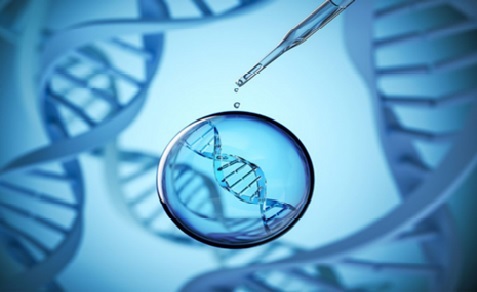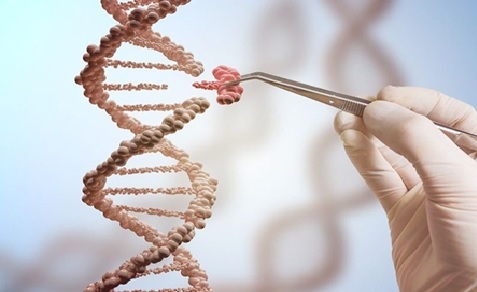Decoding the Defense: Exploring Immunoprofiling and the Power of the Humoral Immune System
Recent technological advances in microarray and machine learning technologies have opened up new possibilities in the field of biomarker research. These advancements have allowed scientists to explore the use of patient antibody signatures as potential biomarkers for various complex diseases.
Microarray technology enables the simultaneous detection and measurement of multiple antibodies within a patient's sample. By analyzing the unique antibody signatures present in individuals with specific diseases, researchers can identify patterns or specific antibodies that are associated with those conditions.

Figure .1 Decoding the Defense: Exploring Immunoprofiling and the Power of the Humoral Immune System
Figure 1 shows Machine learning algorithms play a crucial role in processing the vast amount of data generated by microarray technology. These algorithms can analyze the antibody signatures and identify the specific patterns or combinations that are most indicative of a particular disease. This approach allows for the development of highly accurate and specific biomarkers.The use of patient antibody signatures as biomarkers offers several advantages. First, it provides a non-invasive and easily accessible method of early disease detection. By analyzing blood samples or other bodily fluids, clinicians can identify disease-specific antibody patterns before the onset of noticeable symptoms.
Additionally, these biomarkers can aid in directing treatment strategies. By understanding the specific antibody signatures associated with different disease subtypes or endotypes, clinicians can tailor therapies to target the underlying mechanisms driving the disease, leading to more effective treatment outcomes.Furthermore, patient antibody signatures can be utilized for patient stratification in clinical trials. By identifying individuals with specific antibody patterns, researchers can select participants who are more likely to respond positively to a particular treatment. This approach increases the chances of successful outcomes in clinical trials and facilitates the development of personalized medicine.
Antibodies are useful biomarkers because they are indications of the disease, appearing early, before symptoms, and continuing throughout the disease's duration. Antibodies are extremely specific, simple to obtain and measure, and can reflect several elements of disease pathophysiology, allowing for a mechanistic understanding of disease pathology. Researchers can now discover antibody signatures, or panels of disease-associated antibodies, with unprecedented precision thanks to new high-throughput technologies such as protein arrays and machine learning.[1]
Immunosignatures, which involve the quantification of thousands of antibodies from a small blood sample using protein microarrays, have emerged as highly sensitive, accurate, and predictive sources of disease pathophysiology. This advanced immunoprofiling technique, combined with sophisticated bioinformatics and machine learning models, is paving the way for a new generation of biomarkers with unprecedented patient detail. In this eBook, the focus is on biomarker discovery, specifically highlighting the potential of autoantibody signatures in immunoprofiling. Through the application of machine learning algorithms, these signatures can be deconvoluted to provide valuable insights into disease progression, potential adverse effects of treatments, and mechanistic information about disease physiology. The convergence of high-throughput measurement techniques, advanced bioinformatics, and machine learning is revolutionizing biomarker research and opening up new avenues for understanding complex diseases.
References:
- https://www.genengnews.com/topics/genome-editing/crispr-based-prime-editing-generates-mouse-models-of-cancer-mutations/
Cite this article:
Janani R (2023),Decoding the Defense: Exploring Immunoprofiling and the Power of the Humoral Immune System, AnaTechMaz, pp.175


